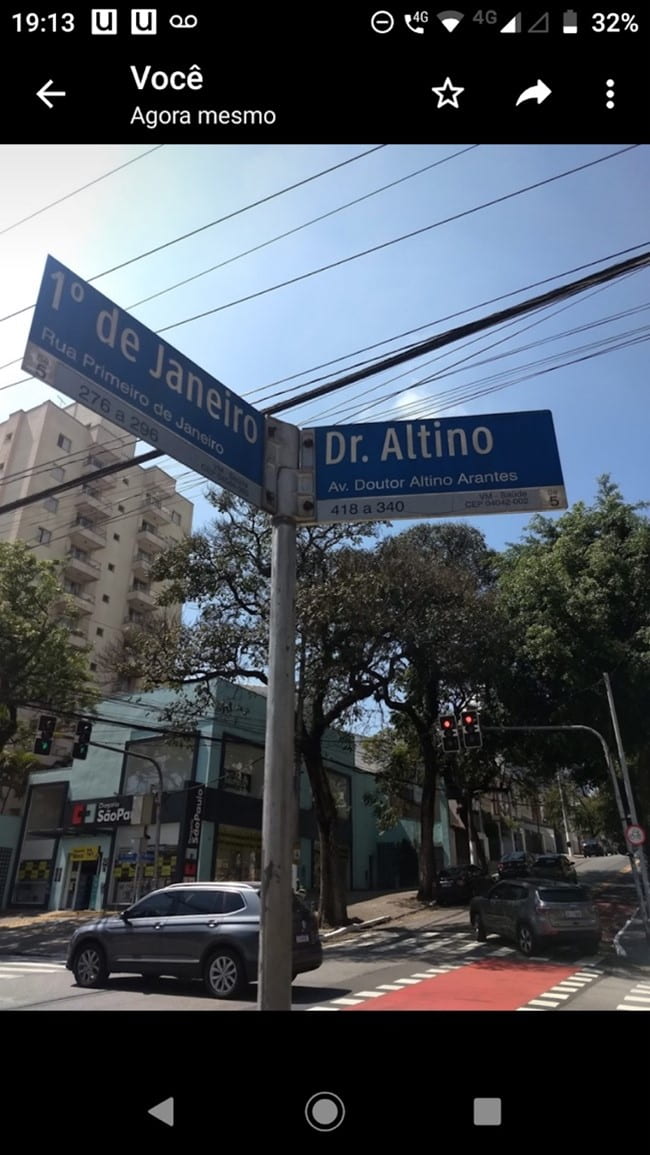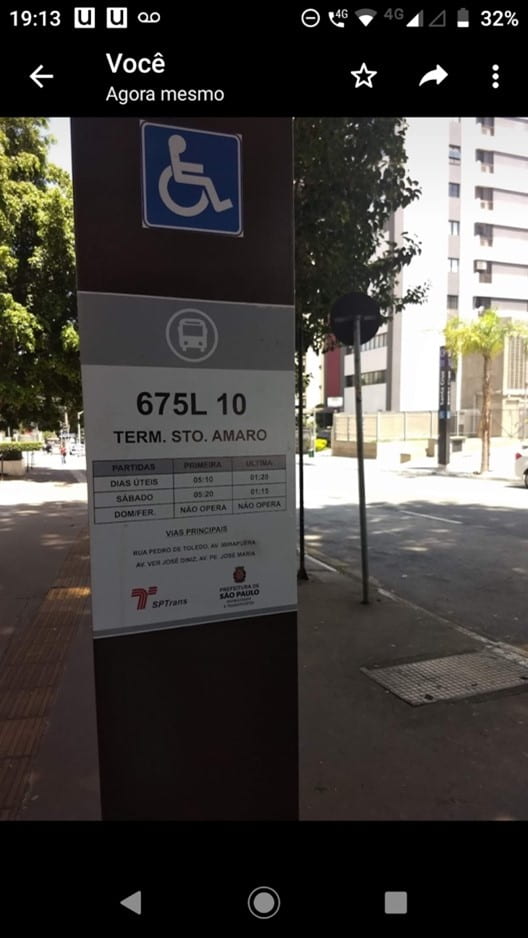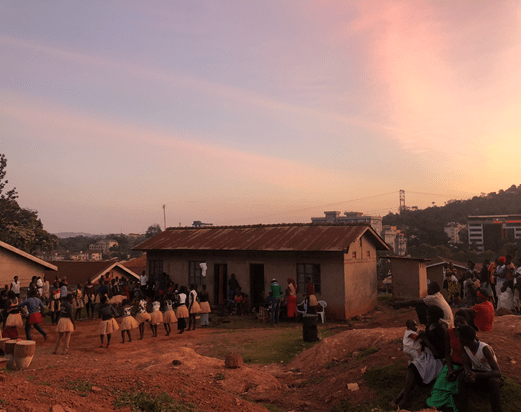Learning how to do a “gambiarra” on WhatsApp: the power of improvisation
By Marilia Duque E S, on 19 November 2020

(@Jornal do Sudoeste: http://www.jornaldosudoeste.com.br/noticia.php?codigo=105255)
In Portuguese, the term “gambiarra” is used to describe someone fraudulently tapping into the electricity supply. In everyday life, the word also refers to an improvised solution that was achieved with limited resources. In that sense, “gambiarra” is an exercise of creativity. I have previously talked about my experience teaching old adults in a WhatsApp course aimed at the third age in Sao Paulo, where I conducted my fieldwork. In this post, I will address how I taught them to do a “gambiarra” on WhatsApp. My goal was to turn WhatsApp into a diary that could help them in their daily tasks, from shopping to managing their intake of medication. This idea came from my observation that students usually bring pen and paper in order to take notes and systematise what they learned. Their notes were basically step-by-step lists that conveyed the information they received that day in the more linear way of thinking they were more familiar with. Moreover, writing things down was also a strategy they used in order to remember what they learned. During the course, I noticed that they used this strategy not only for the WhatsApp classes but also to help them to remember what they have to do, where they have to go and how to get there.
I could have taught them to use an app designed for that purpose, such as Note or even Calendar. However, among these students and among my research participants in general, WhatsApp is the app they feel most comfortable with, as this is where their conversations with family and friends take place. Therefore, the choice to build a diary on WhatsApp would avoid any constraint related to the adoption of a new app. In other words, the diary on WhatsApp would be ready-to-use, as my students were already basic Whatsapp users. Whatsapp doesn’t have a diary functionality, so we then started our “gambiarra”. The idea was that each student would add their own contact on WhatsApp, so they could start a conversation with themselves (which would be enhanced by features like audio messages and photos). There are two ways to do this and no guarantee as to whether which of them will work, as it depends on the device students have. The first way to do this is to add yourself as a contact by saving your own phone number under ‘Contacts’ and then search for the name you have given to this contact and to start a conversation with yourself. When this option fails, you can ask someone to share your contact with you on a conversation or on a group on WhatsApp you have access to. You will then have the option to click on “message” and you will be able to start a conversation with yourself.

Option 1 (left) and Option 2 (right): starting a conversation ‘with yourself’.
I also gave students a bonus. After the “gambiarra” was done, I taught them to “pin” this chat on the top of the WhatsApp conversations list, so they could easily access their diaries.
The diaries on WhatsApp could help them in multiple ways. They could create their shopping list directly on the app. They could do so by typing the items, they could use the audio to record them and they could also take a picture of the list they had on paper.

Examples of a shopping list on WhatsApp Diary: text message, audio message or picture
Taking pictures is a powerful resource for registering, organising and accessing information they come across during their daily routines. Like any of us, older people may also use the WhatsApp camera to record a particular street name they want to remember for later reference, the bus they intend to take or the useful phone number they might want to use later to have pizza or even medication delivered.

WhatsApp Diary used to remember a street name or a location.

WhatsApp Diary used to register information about public transport.

WhatsApp Diary used to take note of a useful telephone number.
Keeping diaries on WhatsApp can also be used for self-care. Older people can type or use voice messages to register a particular symptom or event they want to report to their doctors, like a day when they felt dizzy, for example. WhatsApp can help them make a note of these events, plus the app automatically registers the date and time when the event was reported.
This functionality can also help older people manage their medicine intake. My mother’s case is one example of how this works. She is in her late sixties and has to take a pill to manage a chronic condition every day, as soon as she wakes up. This allows her to then start her day. The problem was that sometimes, she was not sure whether she had already taken the pill or not. Together, we decided to do a “gambiarra” on her WhatsApp, so she could have her own diary to manage her pills. Since then, as soon as she takes her pill, she sends a message to herself. The message (“okay”) is registered there on her WhatsApp diary together with information about the time and date, which she can access anytime she is not sure whether she has taken her pills that day.
In that sense, the use of WhatsApp for health purposes can itself be seen as a “gambiarra”. WhatsApp was not designed for health purposes, but its functionalities can be used to deliver and improve care. This requires improvisation and creativity, but also a pinch of empathy. Especially among older people, exploring the apps they are already comfortable with can save them time and effort in adopting new technology.
WhatsApp can actually be a time-saving and low-cost tool whatever the target audience and objective is. That is why the use of WhatsApp for health can become more than a “gambiarra”, that is spontaneously adopted due to a constraint on resources. Indeed, as I observed in the Brazilian health landscape, there is a shift in Whatsapp use from informality to formality, as it is also used by doctors, clinics, hospitals and health insurance plans as their institutional channel to communicate with patients. You can read more about these examples in my book “Learning with Whatsapp: Best Practices for Health”, where I describe different uses of WhatsApp for Health based on what I observed during my ethnography in São Paulo. You can find out more about the book here, and download it free here.
 Close
Close






